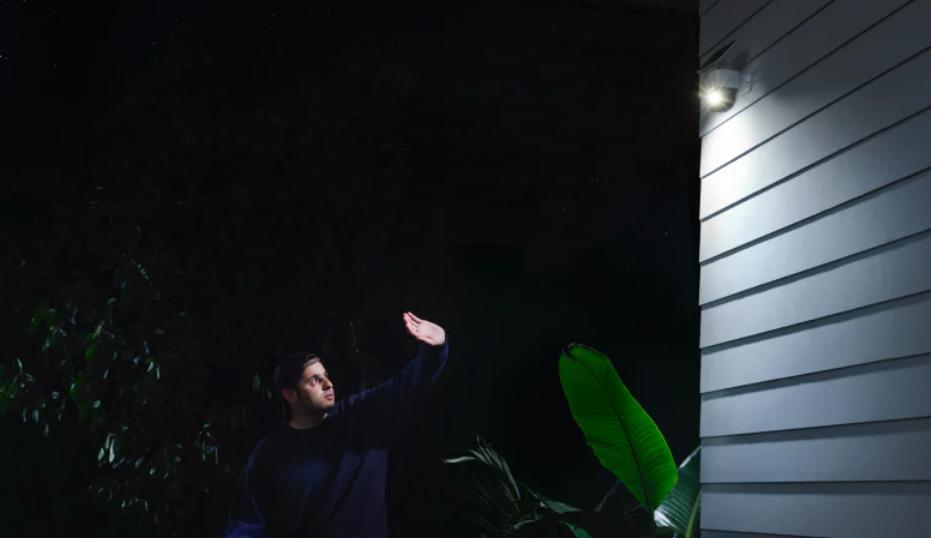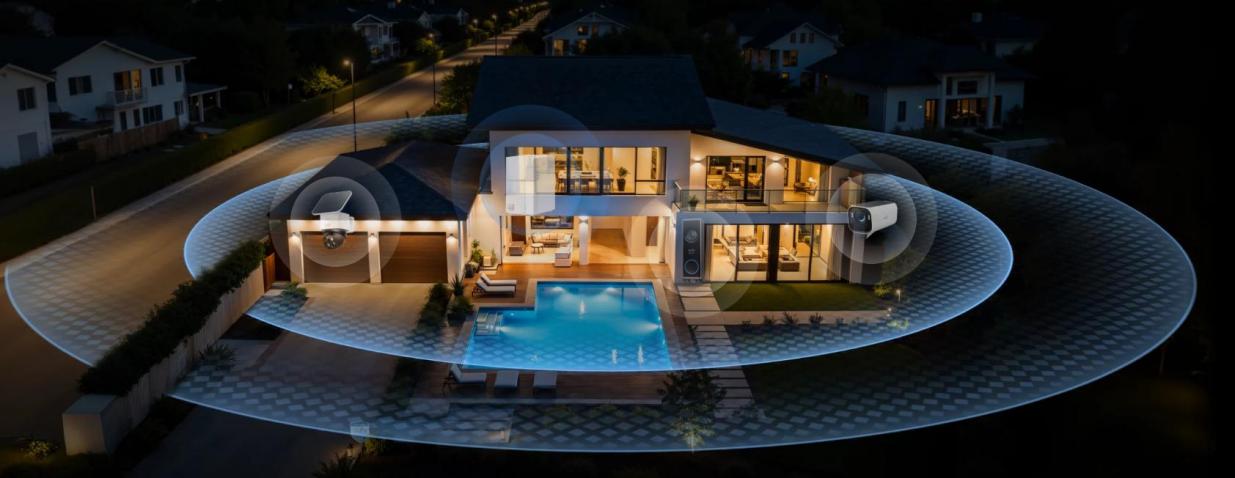Evaluating the Importance of Night Vision in Surveillance Systems
Night vision technology transforms the landscape of security and surveillance. It’s essential for maintaining visibility in darkness, directly impacting the effectiveness of monitoring systems. Night vision capabilities enable surveillance cameras to provide images in conditions where human eyes would typically struggle. Incorporating such technology into security systems ensures a comprehensive approach to safety, allowing round-the-clock monitoring. Whether for personal safety or business security, night vision is crucial in helping detect potential threats and ensuring a proactive defense. As we continue to innovate, the role of night vision technology becomes integral to effective surveillance solutions, offering peace of mind and protecting valuable assets from threats that lurk in the shadows.

How Night Vision Technology Works in Surveillance
Night vision in surveillance systems employs advanced technologies to illuminate the unseen. This process typically involves either infrared light or thermal imaging. Infrared night vision utilizes infrared LEDs to light up an area in darkness, captured by special sensors to create an image. Thermal imaging, on the other hand, detects heat emitted from objects, translating temperature variations into visible images. These methods enable cameras to “see” in the dark and provide critical visual information even when lighting conditions are poor. Thanks to these advancements, surveillance cameras equipped with night vision can monitor areas at all hours, delivering consistent security without the limitations imposed by the absence of light.
Key Benefits of Night Vision in Surveillance
Improved Crime Detection and Prevention
Night vision significantly bolsters crime detection and prevention by offering comprehensive nighttime monitoring. Areas previously overlooked due to poor visibility now come under constant scrutiny. This capability deters potential criminals who assume that darkness offers a shrouded opportunity to commit unlawful acts. Constant observation reduces the chances of undetected incidents, helping law enforcement and security personnel to act swiftly and effectively. Having night vision technology integrated into surveillance systems inevitably strengthens weak security points and provides a decisive advantage against criminal activities striving to exploit the cover of darkness, ensuring safer environments through proactive measures.
Clear Visibility in Low-Light Environments
Night vision ensures clear visibility in environments where standard cameras would falter. By capturing high-quality images in minimal light, night vision cameras protect vulnerable areas. This clarity is crucial for identifying details that could otherwise be missed during nighttime surveillance. It helps in recognizing faces, reading license plates, and observing subtle movements, providing substantial evidence when required. The improved quality of footage increases the reliability and effectiveness of security systems, enabling quick interpretation and action when necessary. Thus, night vision serves as a formidable tool for enhancing situational awareness and precise assessment in low-light conditions.
Increased Coverage Area for Security Systems
Surveillance systems benefit from night vision by extending their coverage capabilities. Cameras with high-performance night vision can monitor vast areas without sacrificing image clarity. This extended range of view facilitates the effective deployment of fewer cameras over large spatial expanses, optimizing the overall security strategy. Additionally, this expanded coverage ensures no corner is left unguarded, eliminating blind spots that criminals might exploit. With night vision enhancing coverage areas, security systems can ensure more comprehensive protection, maintaining vigilance throughout the entire monitored zone regardless of lighting conditions, thus bolstering defenses against potential hazards.

Factors to Consider When Choosing Night Vision Cameras
Resolution and Image Quality
Selecting the right night vision camera involves closely examining resolution and image quality. High resolution enhances image sharpness, capturing finer details crucial for security needs. When dealing with night vision, cameras must offer excellent image quality to ensure clear visibility even in the absence of light. Poor resolution might result in grainy footage, compromising the system’s ability to identify critical elements. A camera that excels in these areas will provide reliable evidence and enhance the overall effectiveness of the surveillance system. For those seeking value without sacrificing essentials, the best budget home security camera will typically balance resolution and performance for effective low-light monitoring.
Distance and Range of Night Vision
The distance and range a camera can capture with night vision capabilities are critical considerations. These factors determine how far and effectively the camera can monitor an area. For extensive coverage, opt for cameras with a longer range that can capture details from afar. Consider the environment where the camera will be installed; open spaces and larger properties demand greater reach. A camera’s effective range ensures comprehensive monitoring, allowing security personnel to observe significant distances without losing image quality. Therefore, understanding the range capabilities is essential to select night vision cameras that align with your surveillance objectives.
Integration with Other Security Features
For a cohesive security solution, night vision cameras should integrate well with other security features. Consider cameras that offer compatibility with existing systems, such as motion detection alerts, audio analytics, or cloud storage. Seamless integration ensures that these cameras work as part of a broader, unified security strategy. This interconnectedness allows for more efficient monitoring and management, offering a holistic approach to security. By ensuring that night vision cameras work in harmony with other technologies, they can enhance surveillance systems to provide comprehensive and versatile security coverage.
Common Myths and Misconceptions About Night Vision
Despite its clear benefits, night vision technology is surrounded by myths. One common misconception is that night vision cameras can see in complete darkness; however, they rely on some form of light, like infrared. Another myth is that all night vision cameras offer the same quality, which is not true. The market has varying technologies and designs, leading to discrepancies in performance. Some believe night vision is prohibitively expensive, but advancements have made these systems more accessible. Dispelling these myths is crucial for making informed decisions when integrating night vision into surveillance strategies, ensuring optimal choices that enhance security measures.
Conclusion
Night vision technology is indispensable in modern surveillance systems, offering enhanced protection regardless of lighting conditions. By facilitating crime detection and increasing situational awareness, night vision cameras play a pivotal role in security strategies. When selecting these cameras, it’s essential to consider factors like resolution, range, and integration capabilities to ensure they meet specific needs. Understanding and debunking common myths aids in making informed decisions. As security demands grow, night vision remains a key technology, ensuring safety, deterrence, and peace of mind for individuals and organizations globally.
